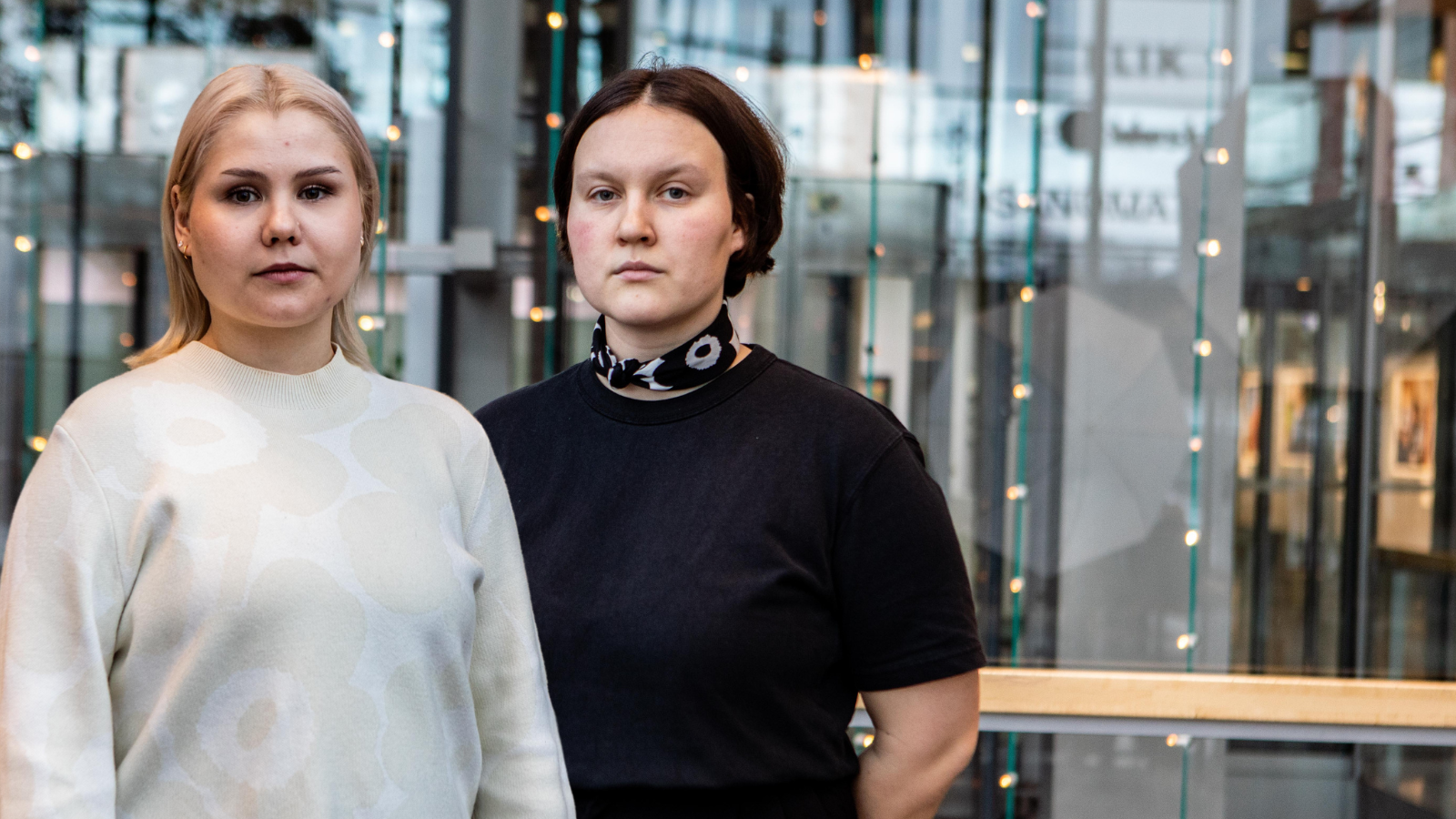Prime Minister Petteri Orpo’s government is approaching its mid-term point. This is a good time to examine the objectives of its Government Programme and their implementation from the perspective of education policy.
The Government has spoken about the importance of high-level skills and education, and about the special protection of education. For this reason, no cuts have been made to the funding of higher education institutions during this government term. However, in terms of funding, maintaining the status quo will not be enough to increase the number of highly educated and skilled people in Finland.
In its vision for higher education, Finland wishes to enlist half of all young people in higher education. Achieving this goal is extremely important, and it will demand decisive and bold action. In Finland, 39.1% of young people are higher education graduates, which is more than 8 percentage points from the OECD average – and Finland is also lagging far behind its reference countries in terms of its level of education. Compared to all OECD countries, we have fallen from the top of the charts to nearly rock bottom. Something must be done soon, and we must commit to whatever we decide to do.
Prime Minister Orpo’s government has enacted various education policy decisions to increase the level of education in Finland. These focus on the efficient use of Finland’s current educational capacity, for example by increasing the number of first-time students through a specific funding model and limiting study rights. However, the impact of these measures in relation to increasing the level of education has remained considerably low, and they also make it more difficult for students to change fields while also increasing the pressure of choosing the right field from the get-go. At the same time, their impact makes developing one’s skills and competence more difficult and accessible only to a small number of people in Finland.
Prime Minister Orpo’s government will soon reach its mid-term phase, and next spring, it will convene for its mid-term policy review. At that point, the Government will have to admit that its objectives for increasing the level of education, as outlined in its Government Programme, cannot be achieved through its current approach, and that additional measures will be needed. The challenge of increasing Finland’s educational capacity, which is the result of the chronic lack of funding to Finnish universities, cannot be addressed through individual measures, such as limiting study rights, increasing the quota for first-time applicants through funding incentives, or point-based funding for a few fields. Today’s funding gap is the result of the cuts made by Prime Minister Juha Sipilä’s government, and the subsequent recovery process.
The measures made by the Government so far have not addressed the obvious quandary in higher education – permanently increasing Finland’s educational capacity – as this would require additional funding. Prime Minister Orpo’s government is not prepared to increase Finland’s educational funding due to its focus on fiscal prudence, and would instead like to see the sector produce more for the same amount of money. However, simply increasing efficiency and reallocating starting places will not be enough to raise the level of education, as these measures will not increase the number of skilled individuals who can help boost Finland’s competitiveness and R&D efforts to the level desired by the Government.
As the Government begins the second half of its parliamentary term, the preparation of a new vision for higher education will also be underway at the Ministry of Education and Culture. The creation of a long-term vision is vital for the entire higher education sector, as the previous vision largely guided the debate on Finland’s education policy. Finland’s goal of raising its level of education stems from that previous vision, and this new vision should focus on the challenges of raising the level of education and understanding the resource investments required to permanently boost Finland’s educational capacity. Finland will never be able to reach its many goals, such as bolstering its R&D activities and impact, without elevating its level of education.
To meet its objectives, Finland cannot rely on the Government’s piecemeal tinkering – instead, it needs more funding to increase its educational capacity. SYL and its stakeholders have planned a range of solutions during the autumn, and we will reveal our joint solution during next spring’s mid-term policy review on Tuesday, 28 January, between 10:00am and 12:00 noon in the auditorium at Eteläranta 10. We invite everyone to attend and hear what we have to say. You can also read our proposal on SYL’s social media channels during the spring.




